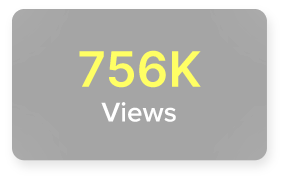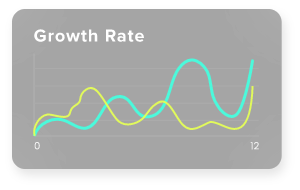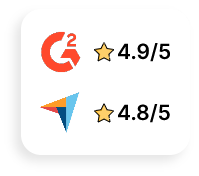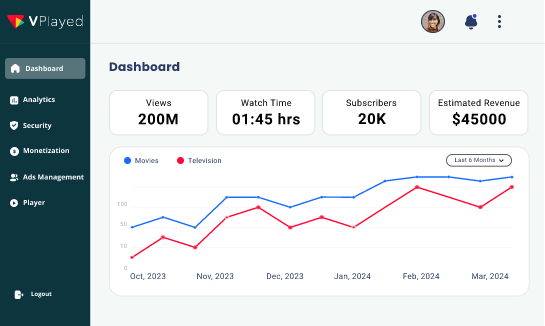




Thank you for submitting your request!
Our sales team will get back to you shortly to discuss further on your requirements
Discover why VPlayed could be the perfect fit for your video streaming business in under 30 minutes.
Request Demo